Digital PR.
If you’re looking for a digital PR agency that truly gets what it means to build your brand AND earn links that accelerate your SEO success, you’d be in safe hands with Digitaloft…
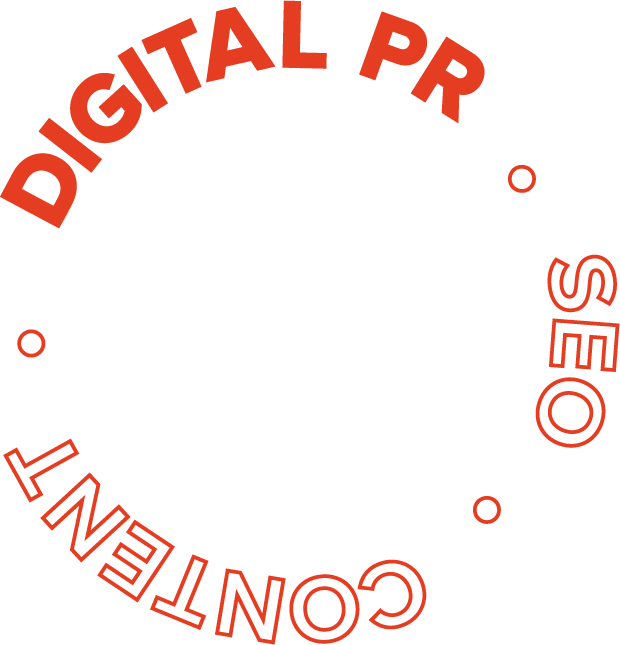
Earn authority links
from relevant publications
Profile your people
as subject matter experts
Boost E-E-A-T signals
for sustainable SEO success

What makes Digitaloft the right digital PR agency for your brand?
We've been doing digital PR since long before anyone called it digital PR.
We know exactly what it takes to make digital PR work to drive SEO success as much as building your brand and profiling your people as subject matter experts.
We’re driven by editorially earned coverage and links. We don’t pay sponsorship or placement fees or write guest posts.
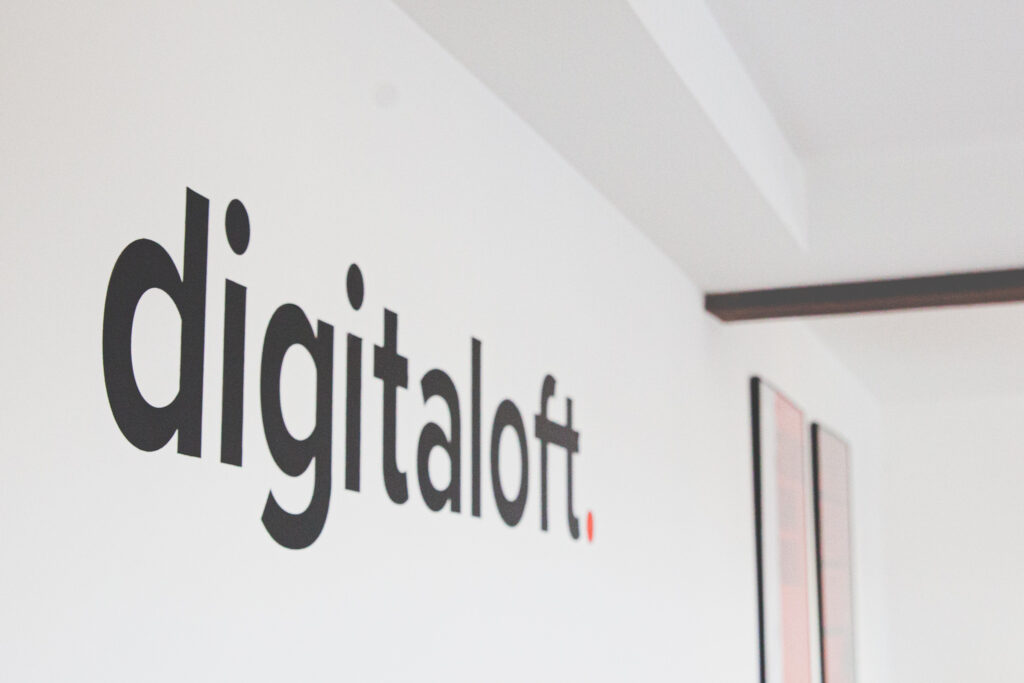
We’ve been doing digital PR since long before anyone called it digital PR…
Are you looking for a trusted digital PR partner who can consistently deliver the press coverage (and links) that your brand deserves and that you need to accelerate your organic growth?
We boast one of the largest dedicated digital PR teams (50+ specialists) in the indusry, and we’re proud to share that 100% of our work is undertaken in-house.
At Digitaloft, digital PR isn’t just about earning links to support your SEO strategy. It’s about producing and amplifying great content that deserves to be seen, content that deserves to be talked about, and content that deserves to be shared.
It’s as much about building your brand as it is building links, but by leveraging a digital PR strategy that puts your business’ experts and their tips, advice, comments and unique voice at its core, both contribute to improving your organic visibility. But more on that soon (we’re big on integrating digital PR into SEO strategies and believe that the most powerful way to drive SEO success is to use this to boost E-E-A-T signals in a way your competitors will be envious of)…
All of our links and coverage is 100% earned, never paid for.
We’re the digital PR agency of choice for brands who understand the impact that demonstrating their experts’ experience and expertise to build authority and trust through consistently earned press coverage can have on their success.
We work with ambitious brands who want to make their investment into organic work harder, with proven results in sectors including eCommerce, travel, personal finance, automotive & more.
Our approach to digital PR…
Digital PR has grown from a need for SEOs to earn authority links from the press to drive organic growth, and recent years have seen data and creativity combine to find stories that journalists can’t wait to tell to their audiences.
Digital PR looks different for different brands.
The Digital PR tactics that are best for one brand will look different to the ones best for another. And as far as we’re concerned, that’s exactly how it should be.
Digital PR shouldn’t ever mean a one-size-fits-all approach, even for two brands in the same industry. The tactics we use depend very much on the client we’re working with, with us putting together bespoke strategies that consider the sector, the competition, the brand’s visibility and the business goals.
We use the right tactics to achieve our clients’ goals and KPIs every time.
It’s all about the ideas.
Whether we’re launching hero campaigns, amplifying expert insights or pitching products, it’s all about the ideas.
Coverage comes when we’re telling standout stories, and these come from standout ideas.
Sometimes that means big, out-there ideas that create a real talking point. Other times that means sharing our clients’ unique opinions on a trending topic.
A great idea is the foundation of any successful digital PR campaign, whatever the tactic we’re using.
Digital PR isn’t just about links.
Whilst one of the main goals of digital PR is often to earn links to support a brand’s SEO strategy, it shouldn’t ever just be about links.
When you focus only on links, you’re ignoring the wider benefits that digital PR activity can bring; increased brand awareness, referral traffic, credibility and more.
Links should always be seen as a byproduct of great digital PR. Create and amplify great content that journalists want to write about, and there’s no doubt that you’ll earn authority links.
But these need to be relevant and from within content that positions your brand as a voice of authority in your space.
To us, digital PR is about so much more than just links.
E-E-A-T & digital PR go together to build your brand’s organic presence.
Experience, Expertise, Authoritativeness, and Trustworthiness; four words that should by now be engrained in the minds of every marketer trying to drive organic growth for their brand.
Google’s increasingly rewarding sites that are able to demonstrate these signals, that they’re a trusted authority with content produced by experts with first-hand experience in the topics they’re writing about.
And digital PR is one of the tactics that you should be using to demonstrate this.
After all, if the media are citing your experts and their opinions or advice, linking to your content and amplifying your brand, these are signals that won’t go unnoticed.
Combined with on-page E-E-A-T signals, digital PR should be a more important part of any brand’s organic strategy now than ever before.
Digital PR is about making you your industry’s go-to source for insights, comments & advice.
We’ll make you famous in your industry.
Your brand, your people and your content.
Digital PR, to us, is about getting people talking about you and building relationships with the journalists who are able to make this possible.
And how do we do that?
By positioning our clients as a reliable source whenever they need insights, comments and advice.
Our digital PR clients…
We’re proud to be trusted by some of the world’s most exciting brands to take ownership of their digital PR strategy, including Confused.com, Money.co.uk, Millets, GO Outdoors, BOXT, ADT and many more who we’re pretty sure you’ll have heard of.
But that’s not all. We also love working with ambitious startups who trust us to make their brands famous. To us, that’s just as fun as working with a brand that everyone knows.
Our clients trust us to build their brands, position their people as subject matter experts and contribute towards explosive organic growth.
We’ve got long-lasting relationships with clients who leverage our combined experience in digital PR and SEO to truly ensure these different, but equally as important, channels are working together to drive success.
And that doesn’t mean we only work with businesses who engage us for both digital PR and SEO. Far from it. We bring our extensive SEO experience to every single project that we work on, ensuring that our activity aligns with our clients’ SEO goals and strategy, whoever it is who is taking ownership of that (Digitaloft, the in-house team or another agency or freelancer).
If you’re looking to engage a digital PR agency that can earn the coverage and links that other agencies promised but never delivered, that’s us…
Want the results other agencies promised but never delivered?
Schedule a discovery session with one of our digital PR specialists & learn how we can help you to earn the coverage and links your business deserves.

We choose the right digital PR tactics for your brand…
Digital PR should never be a one-size-fits-all approach, and that's why we'll always use the tactics that are best-suited to achieving your goals.

Every month, we earn links and coverage from some of the world’s most popular publications…
Here are just a few of the publications who we have great relationships with and regularly earn coverage and links from.





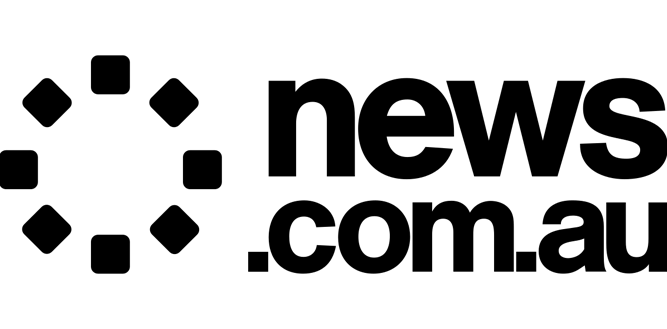



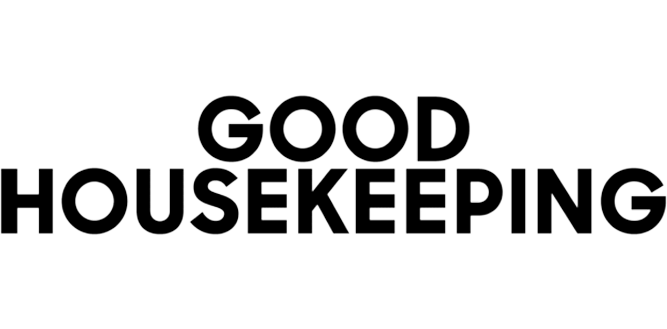



Our latest digital PR success stories.
All case studies 







